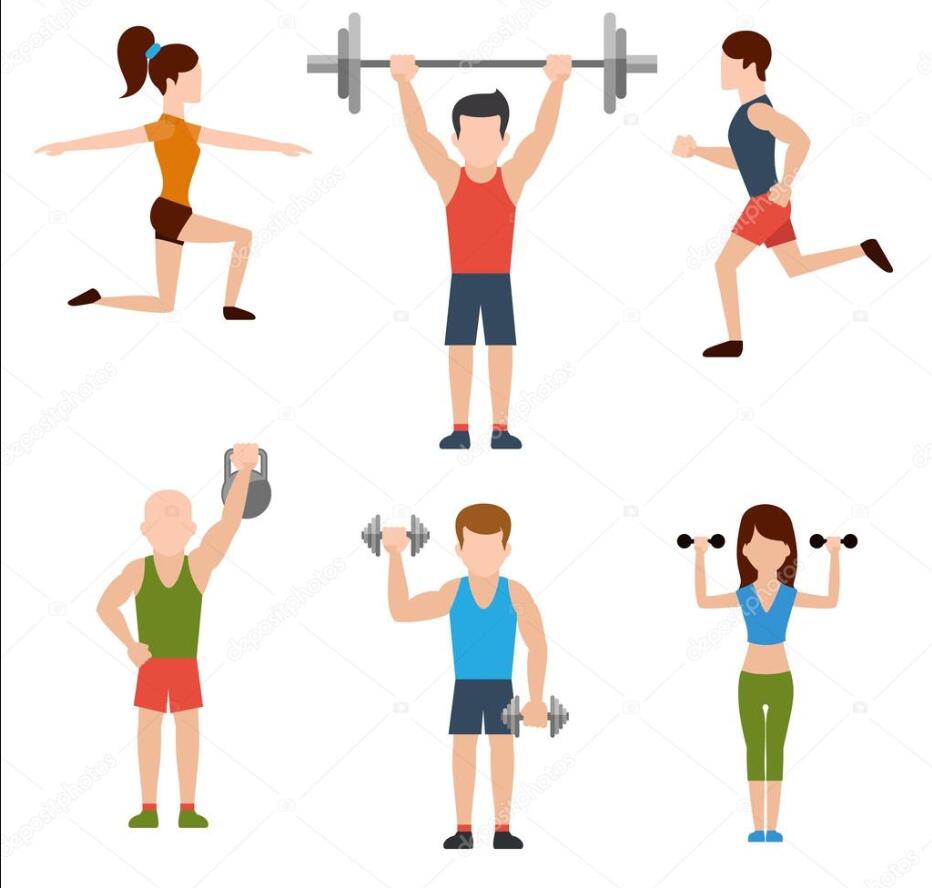Categories
- Blog (796)
- Customer Purchase (378)
- Best Sarms stack (6)
- Weight loss peptide (39)
- Other supplements (25)
- Home made (6)
- Testosterone & TRT & AAS (74)
- PCT (27)
Numerous studies have shown that exercise training increases baseline levels of testosterone, IGF-1, SHBG, hGH, and DHEA in both men and women.
The mass and strength of a man’s muscles peak around the age of 30, losing 115% per decade from the age of 50 until the age of 70, when they have about 30% of their strength.
About 50 percent of men over the age of 30 see their levels of testosterone, the important anabolic hormone in men, drop by about 1 percent each year. The decline in testosterone levels in men as they age reduces the anabolic effects of skeletal muscle, which negatively affects muscle performance, muscle mass and bone mineral density.
In addition to declining testosterone levels, levels of growth-promoting hormone also decline with age. Both hGH and its main downstream protein insulin-like growth factor 1 (IGF-1) decrease with age. After age 20, HGH production decreases by about 14% every 10 years. hGH and IGF-1 are also significant anabolic compounds that increase cell proliferation, cell differentiation and energy metabolism, and prevent cell apoptosis.

Exercise training is a non-drug strategy that can counteract the physiological changes that occur with age. Studies have shown that the effects of exercise training on some synthetic metabolites in the body are as follows:
Exercise tends to lead to an increase in total testosterone from small to large. Studies have shown that both men and women have an increase in basic total testosterone after exercise training, with an effect size of 0.19-3.37, from a small increase to a large increase.
In all studies, levels of IGF-1 generally increased after exercise training, with significant increases from small to large. IGF-1 plays an important role in muscle development and insulin sensitivity. Studies have shown that after exercise training, the IGF-1 level increase effect size is 0.27-1.03 for both men and women, with a small to medium increase.
All subjects in the study had an increase in hGH, with effects ranging from small to large. The increased effect size of hGH in response to physical training ranged from 0.29 to 2.58, with small to very large increases.
A small to large increase in DHEA and DHEA-S after training has been observed in studies. Men also have a higher response to DHEA-S than women, and decreased DHEA levels are associated with decreased muscle mass and strength in men. Human studies have reported increased effect sizes of DHEA after training ranging from 0.37 to 1.71, with increases ranging from small to large.
Exercise can effectively slow down the effects of aging on the human body and is good for health. At the same time, exercise increases the body’s synthetic metabolism, which is beneficial to the growth and maintenance of muscle mass and strength. For bodybuilder, anabolic supplements are used to help muscle growth and must be combined with exercise to fully function.